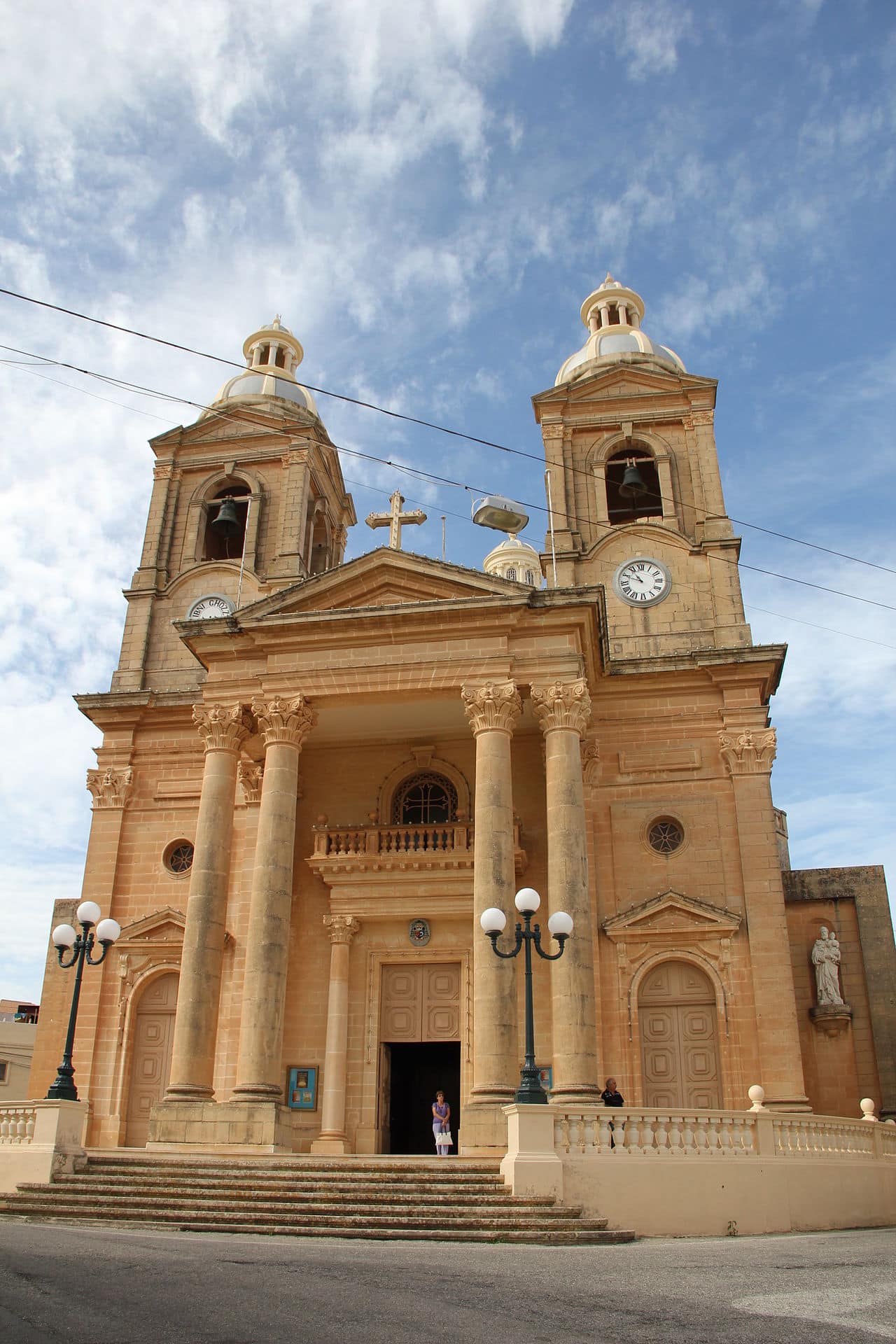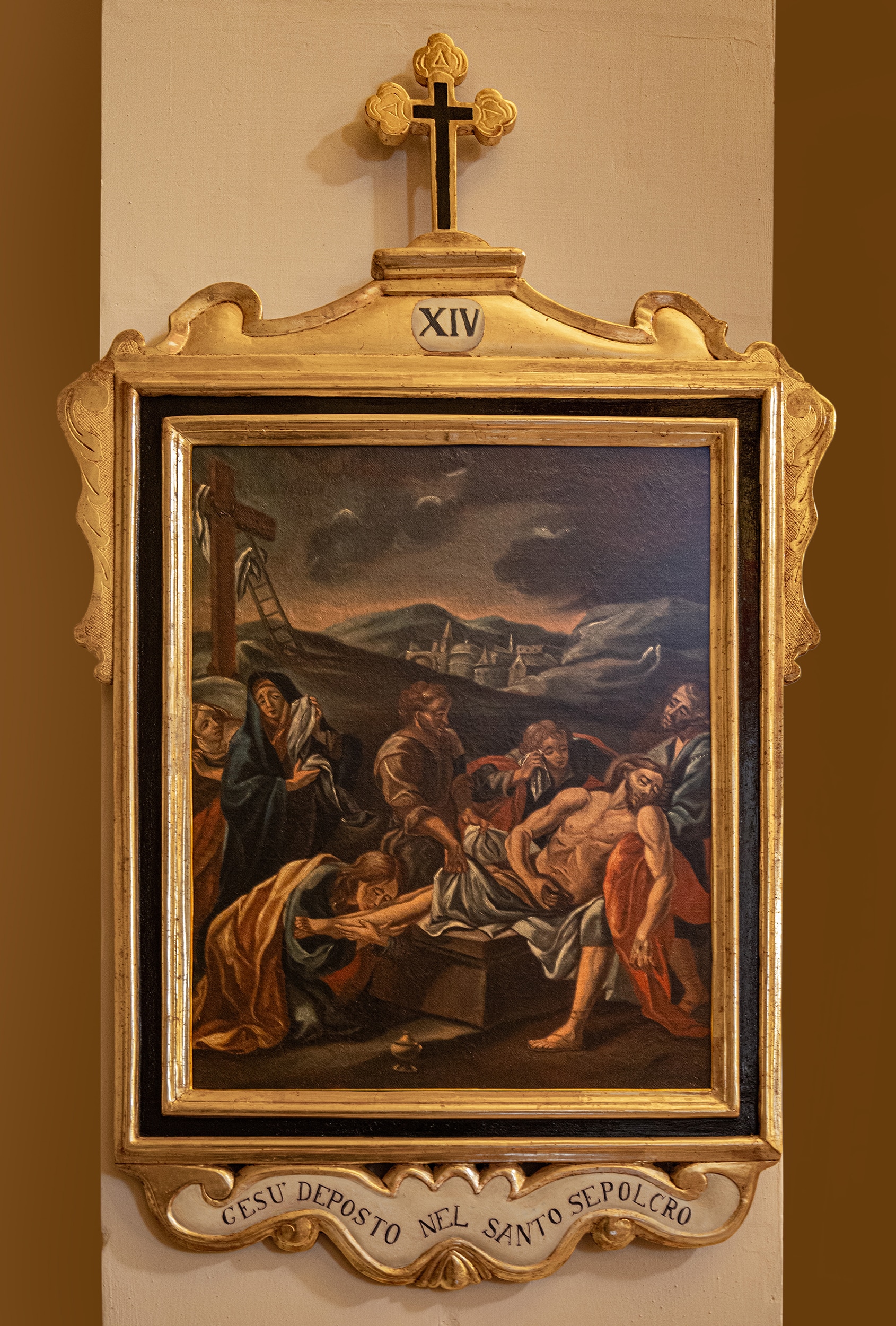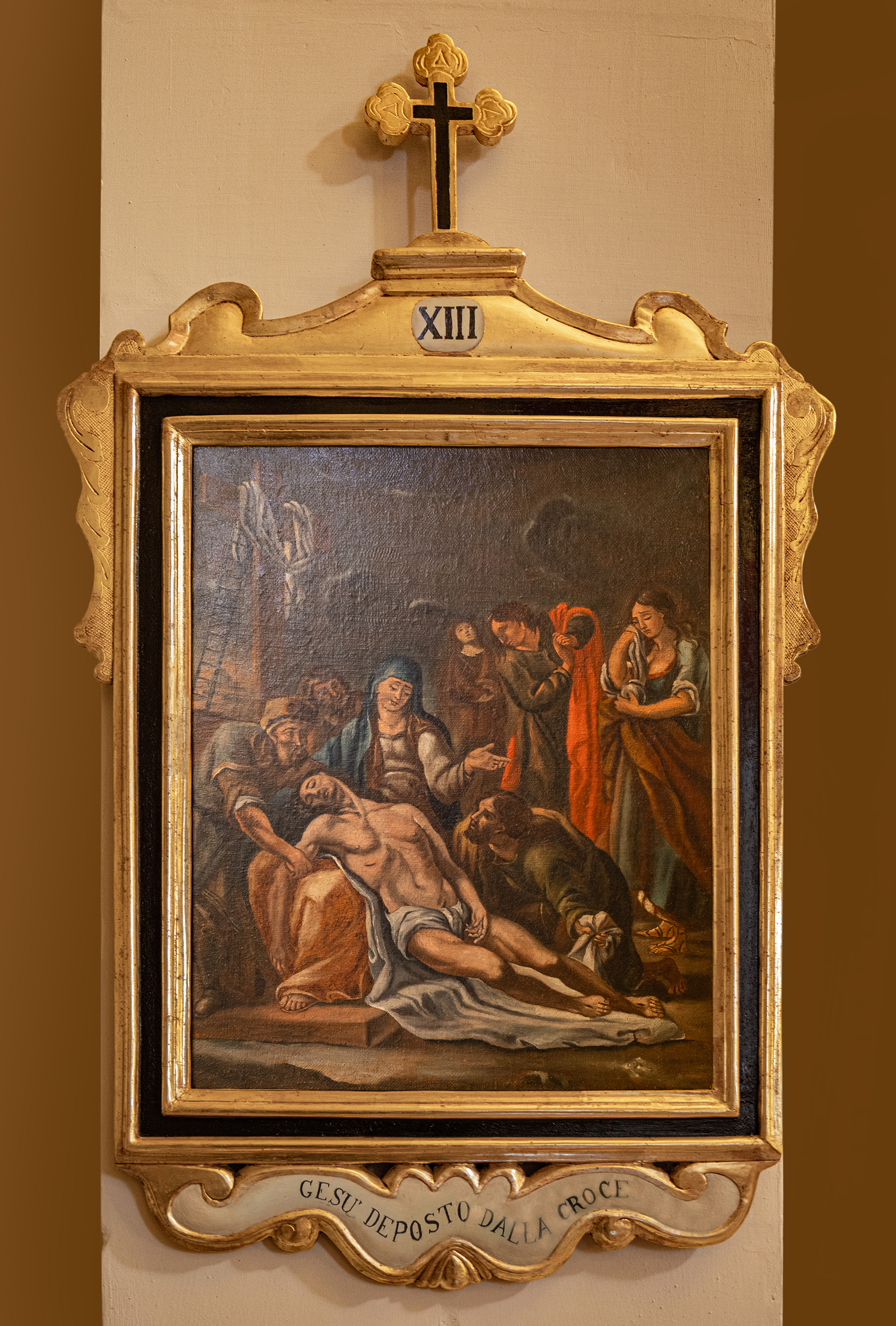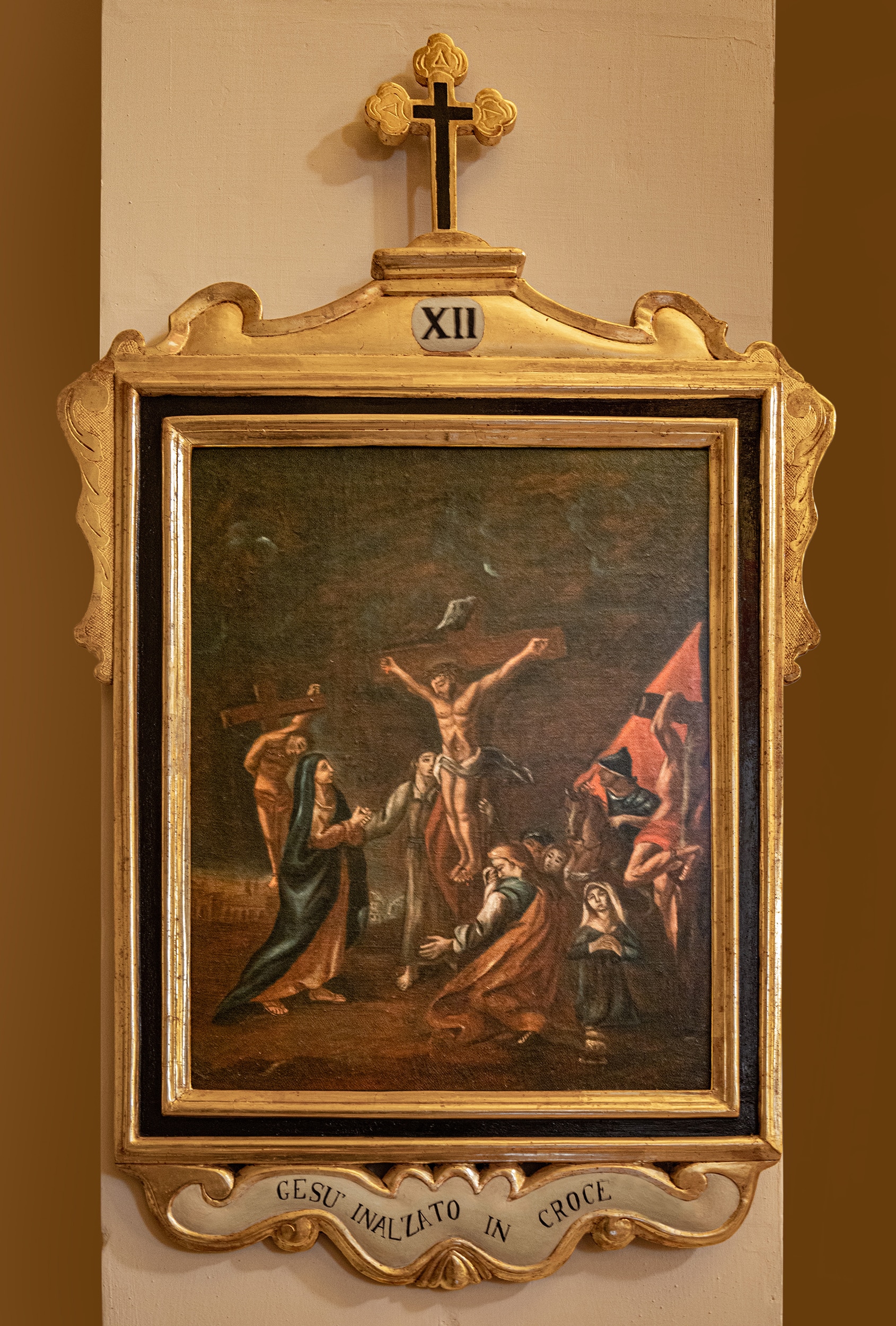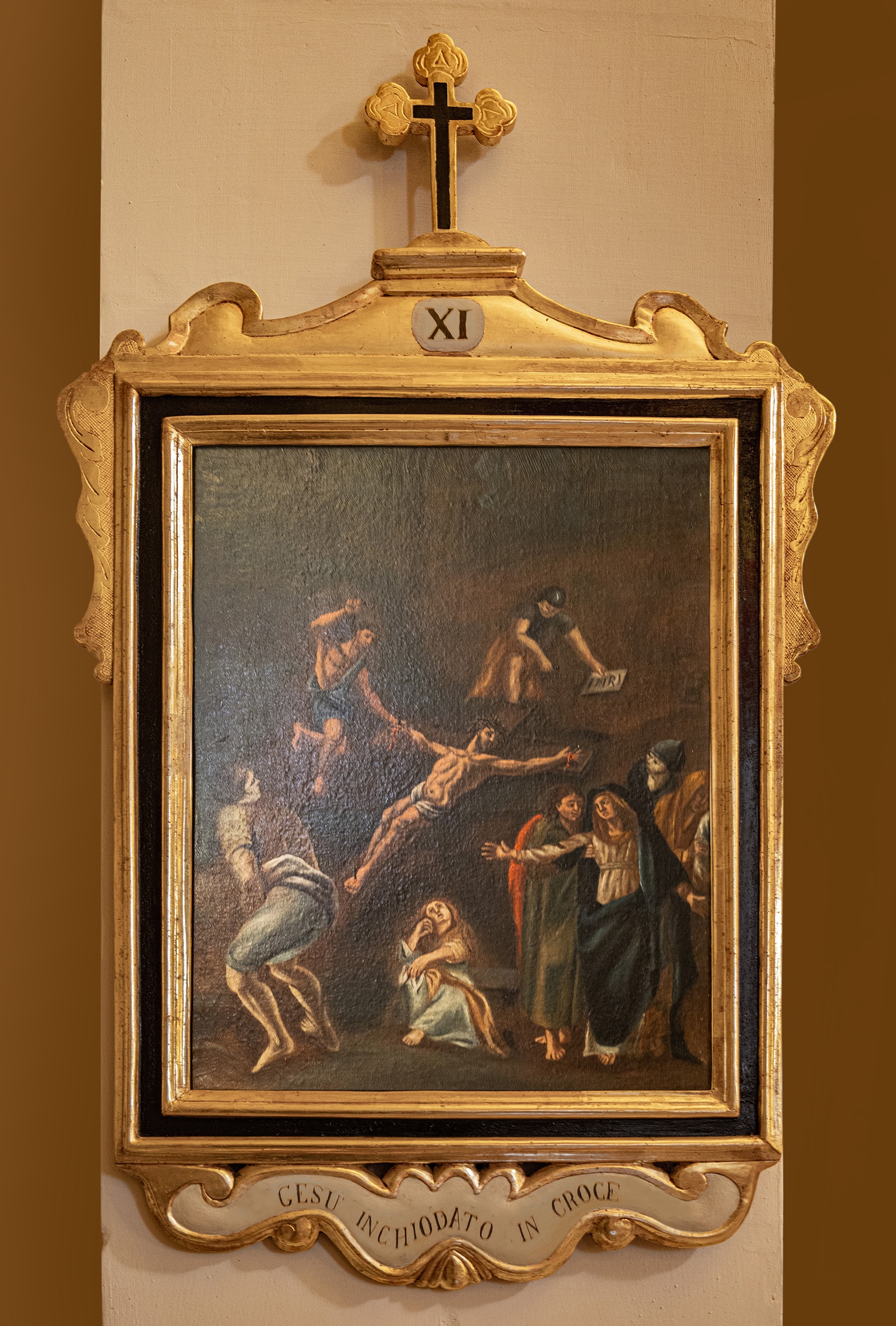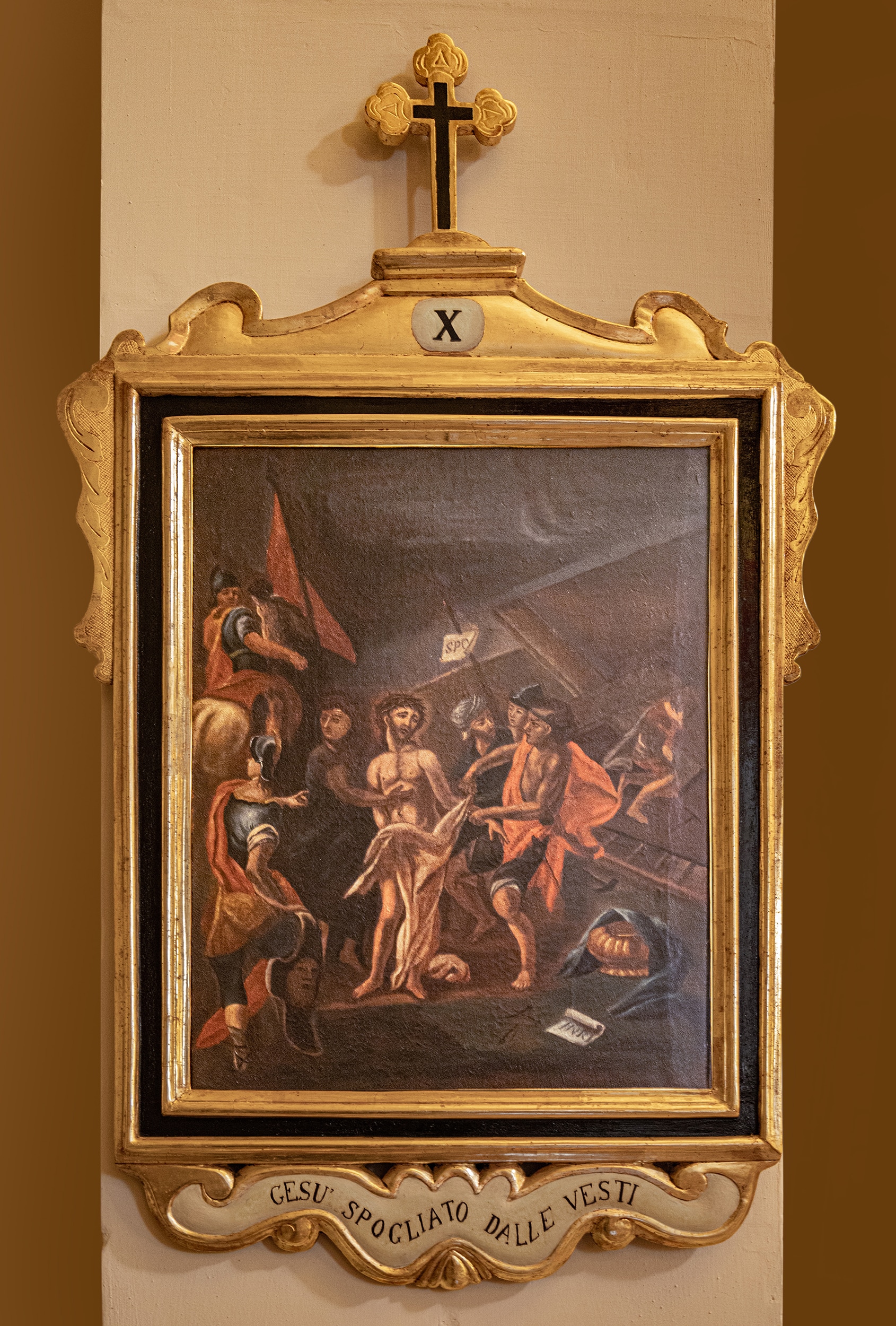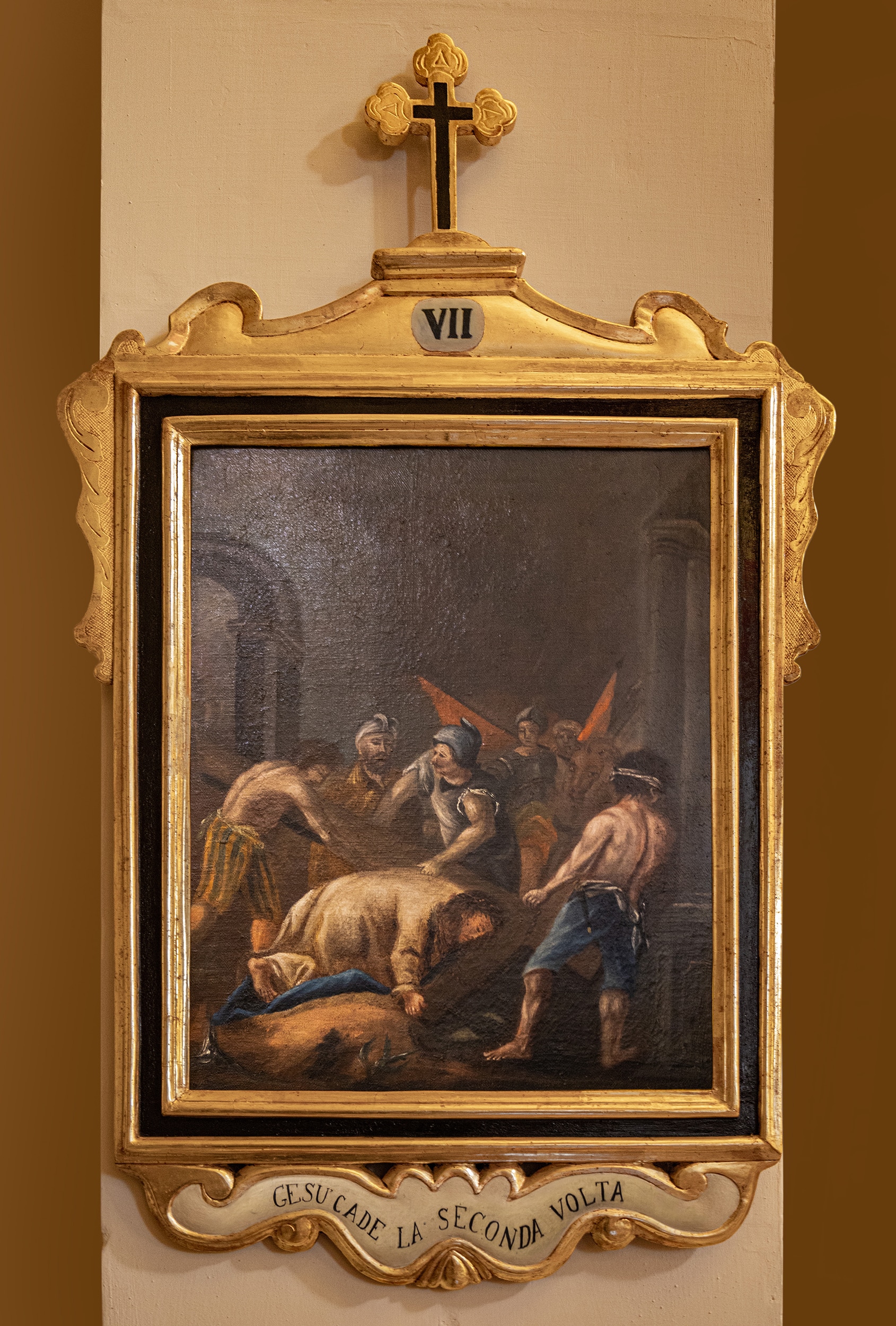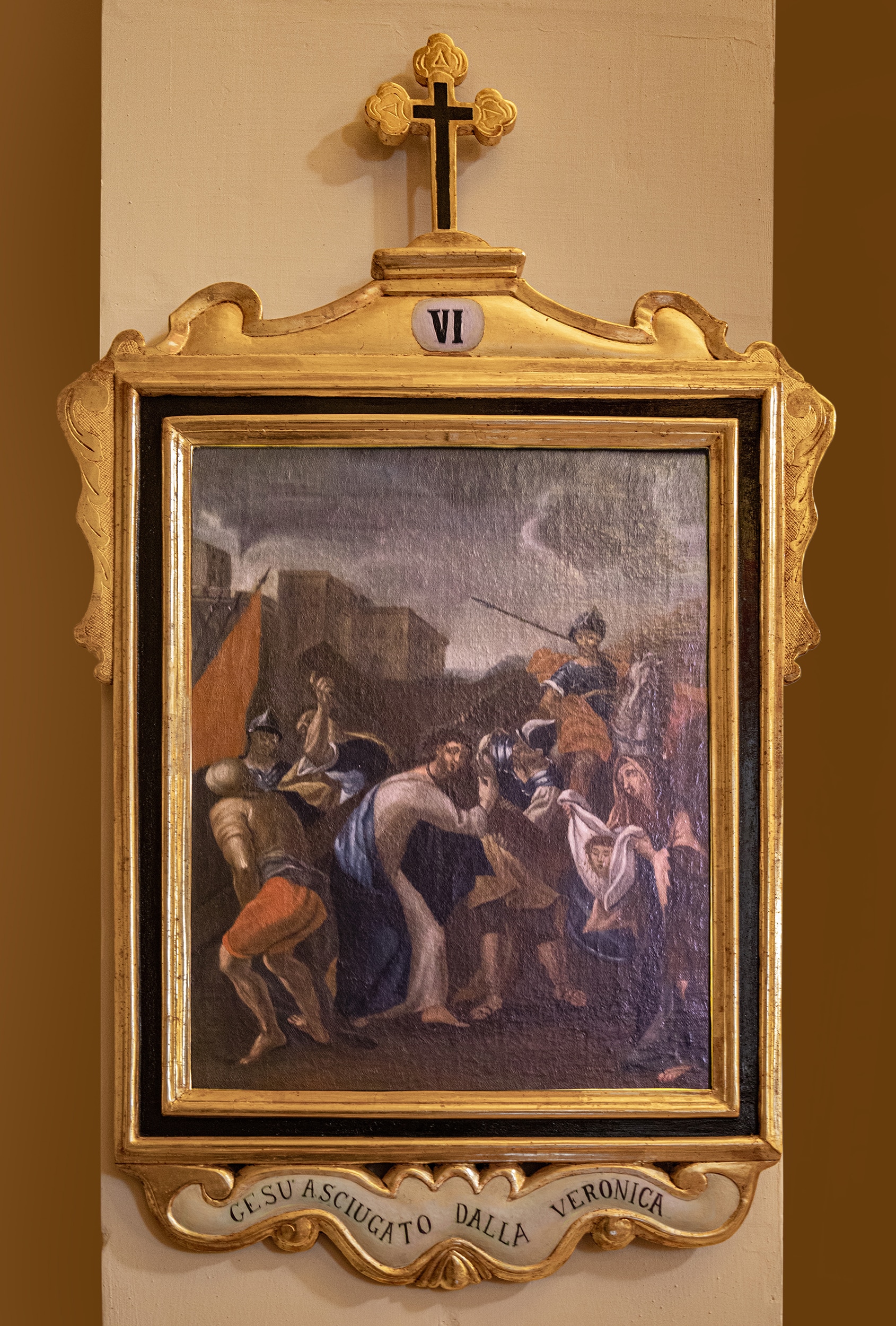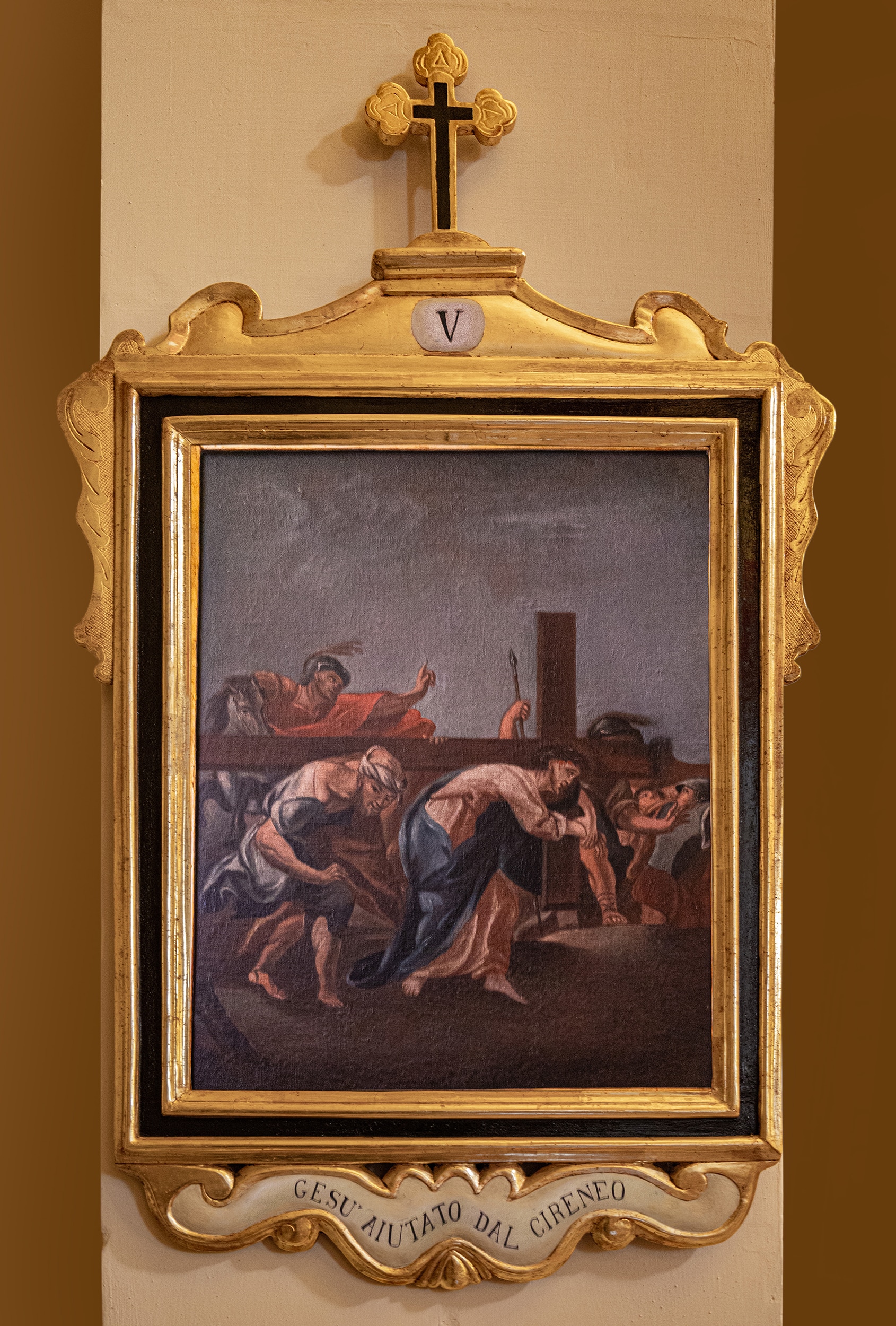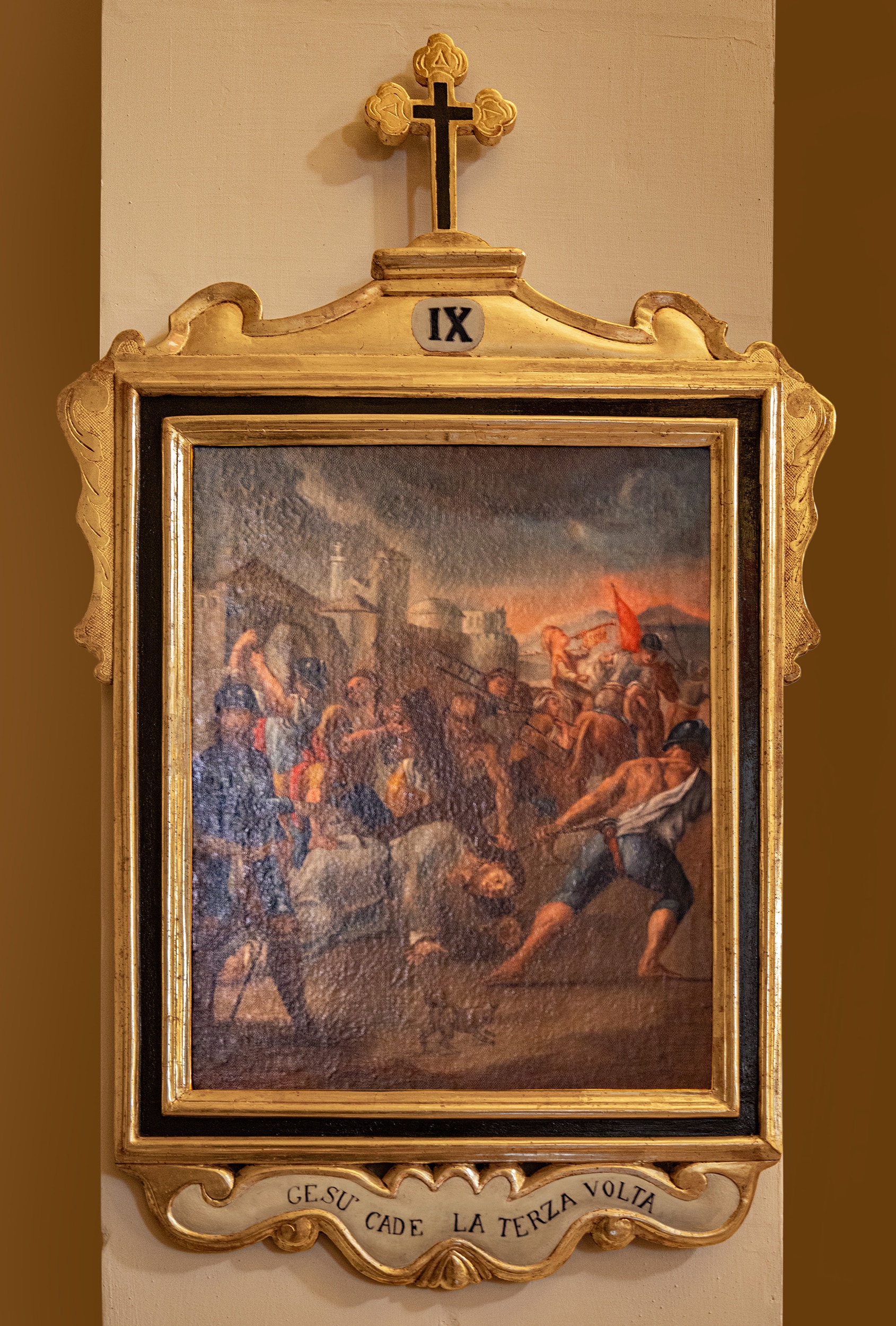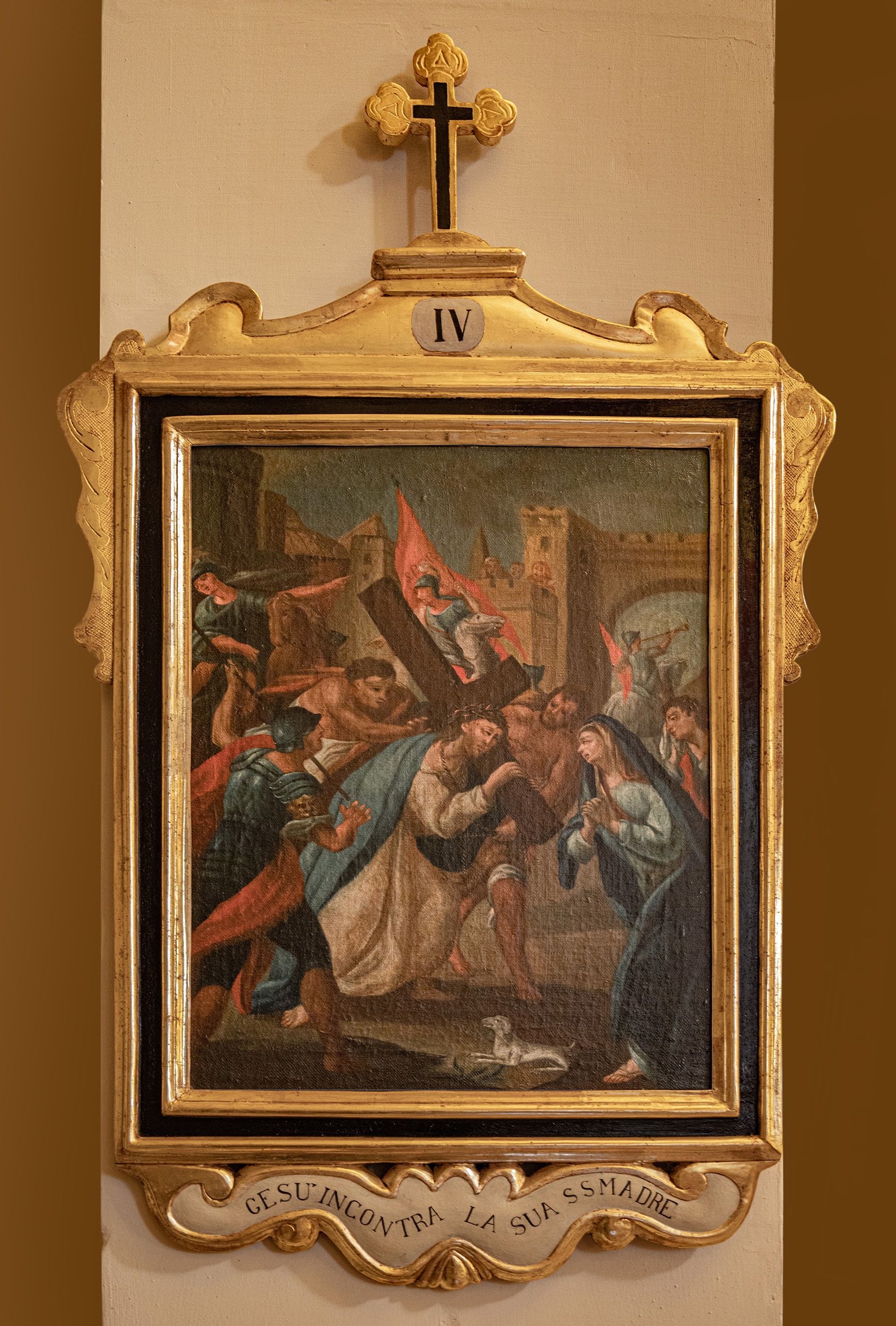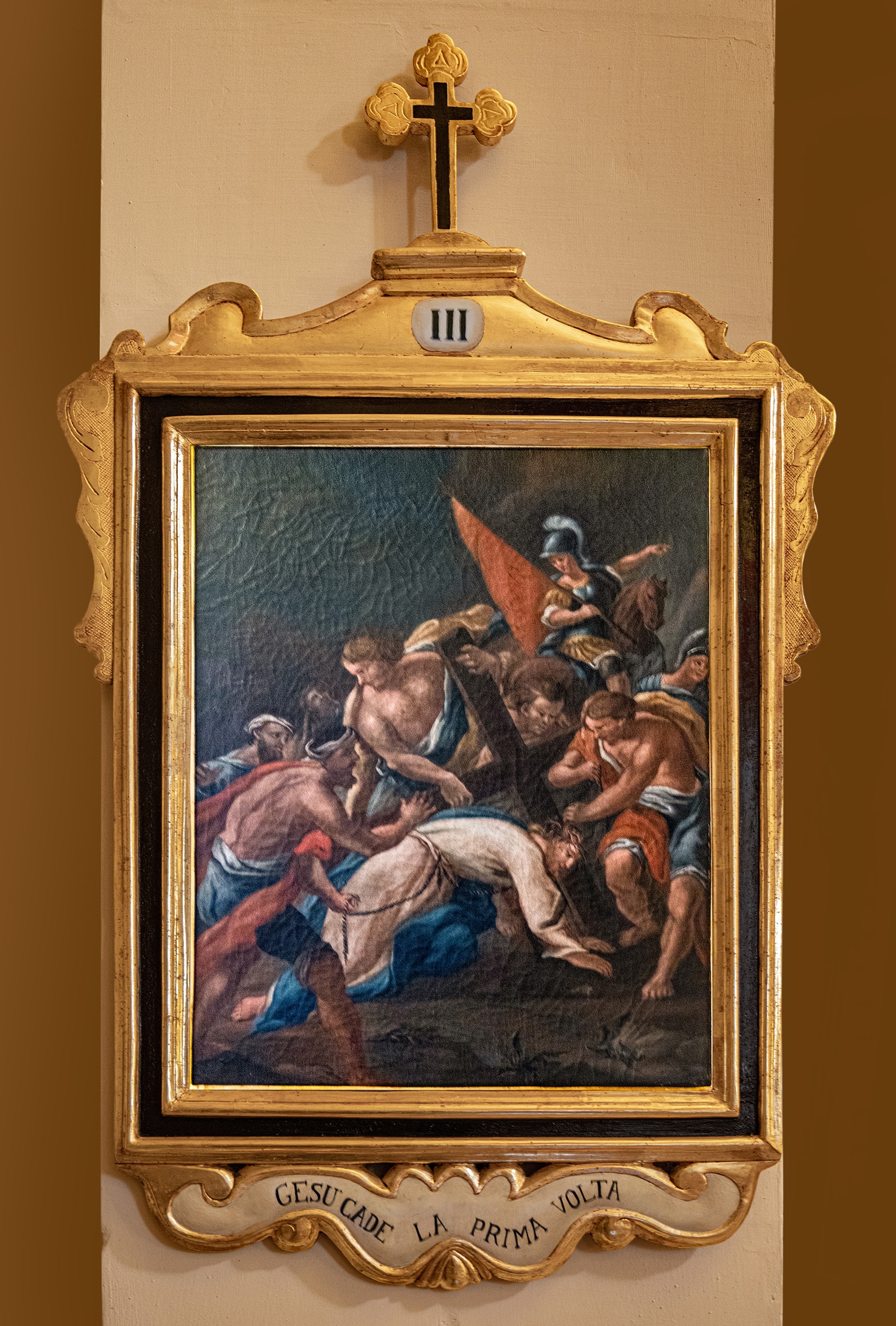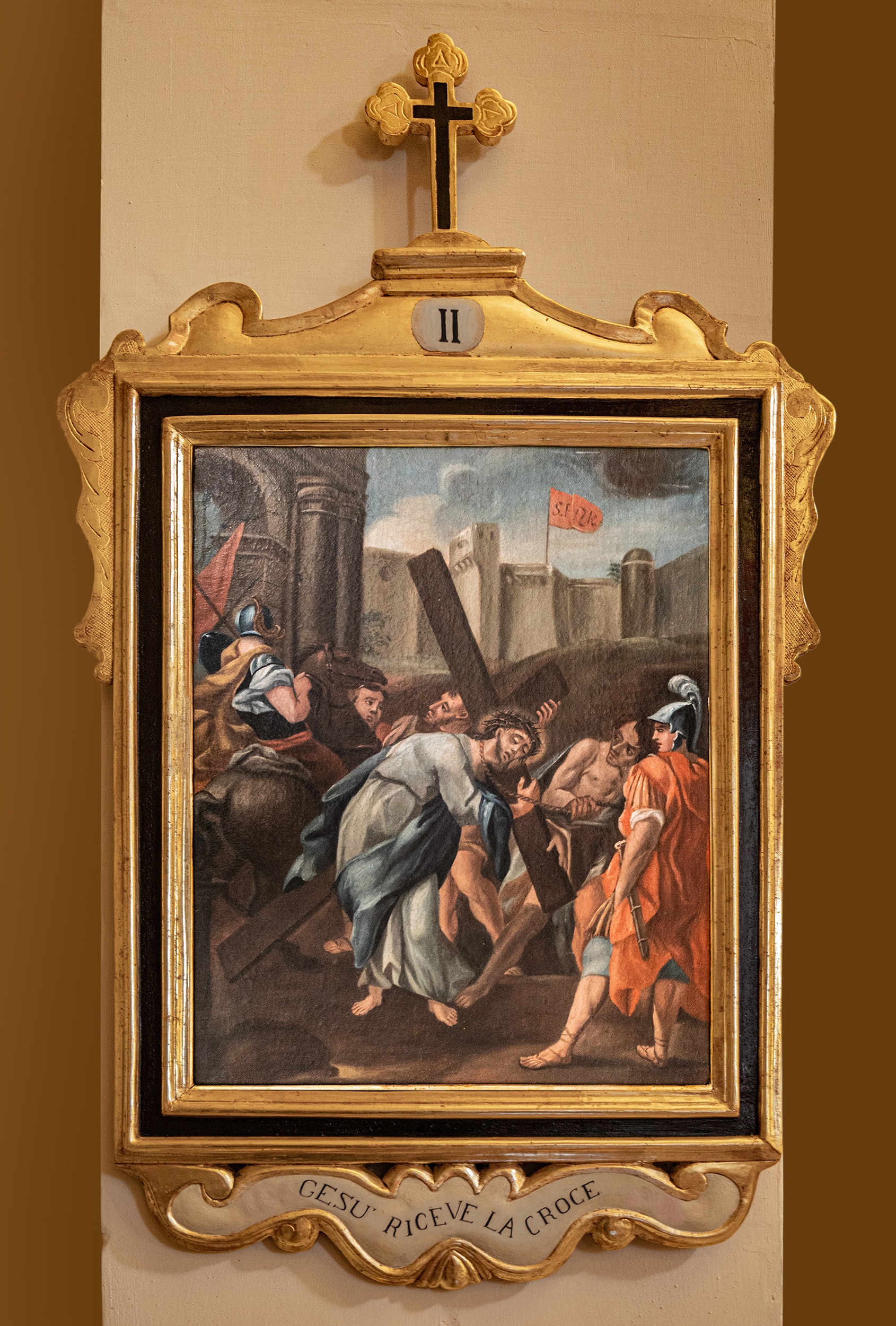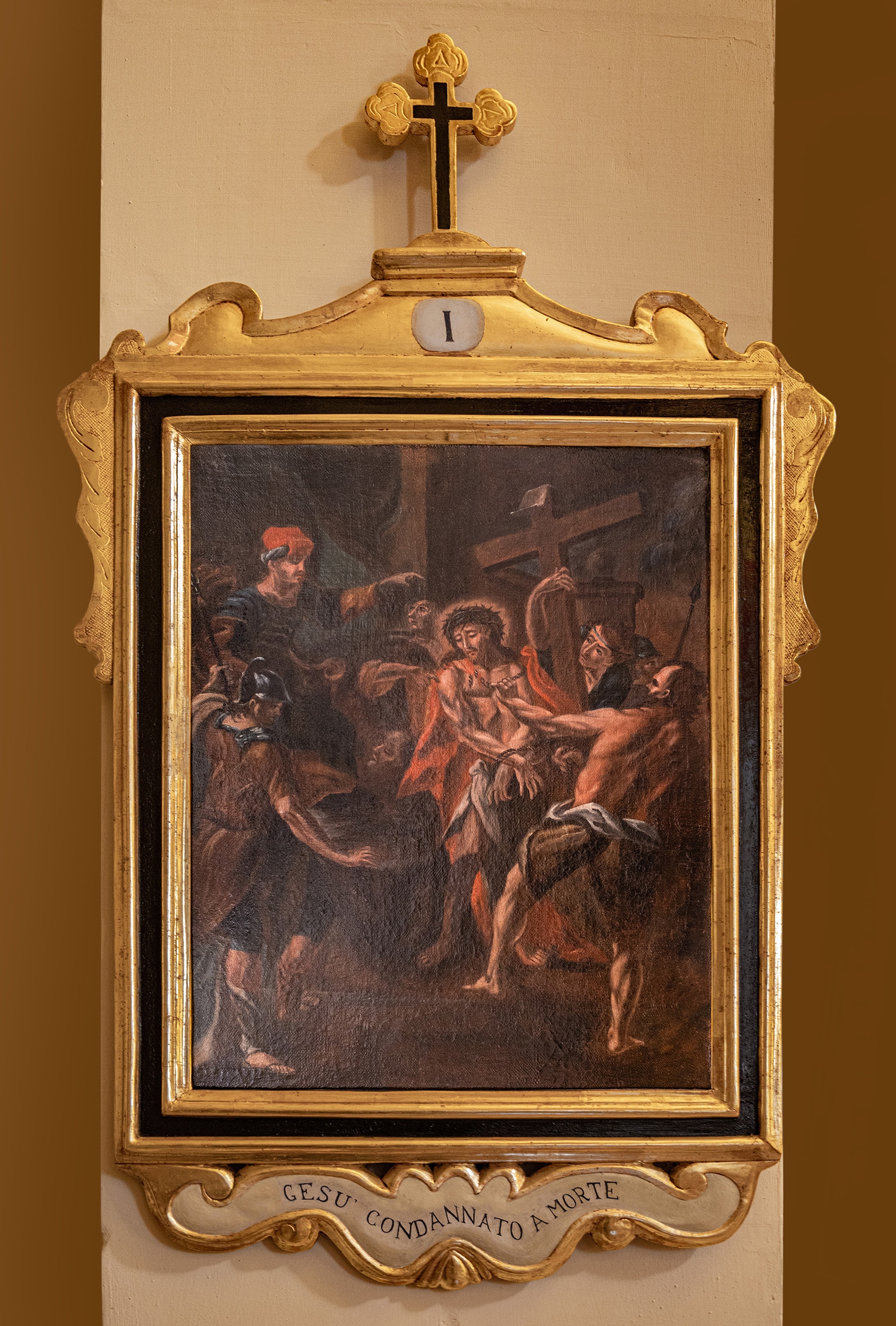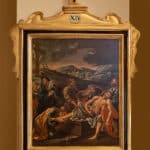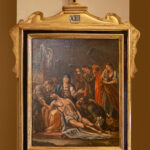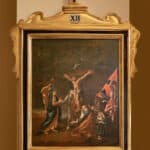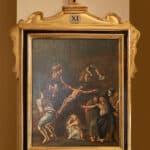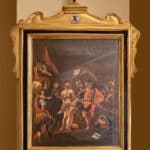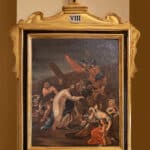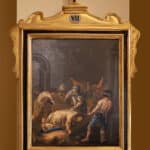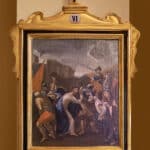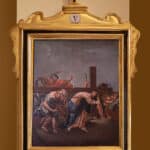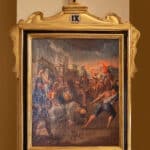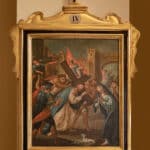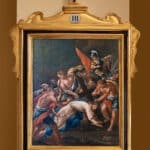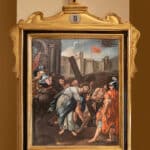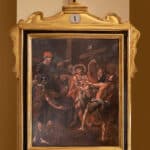Parish Church of the Assumption
The Parish church of Dingli was built in various stages, on the site of a previous church which had been built between 1678 and 1680. The present church dates to the 19th century however there were many recent changes to its structure.
Historic Detail:
Between 1958-1968, several works were carried out under the direction of the Maltese architect Guzè D’Amato (1886-1963). These works involved the building of the side aisles, the rebuilding of the belfries, the parvis and a new facade with a portico. The dome was built between 1968 and 1973 by the stonemason Gerald Spiteri, on designs by the Maltese architect, Italo Raniolo. The interior of the dome was decorated by the Gozitan sculptor Alfred Camilleri Cauchi (b. 1943).
The church facade includes a large portico which is defined by two pairs of Corinthian columns on plinths, crowned by a small triangular pediment. The main doorway under the portico is framed by additional columns. A balcony with balustrades, and a semi-circular window are above the door.
The side doors are crowned with a triangular pediment and a small round window further up onto the façade and lead directly to the nave of the church.
Sub-Projects:
The wooden, painted statue of St John the Baptist is Southern French or Italian in origin and is carved in a late Gothic style. It was brought to Malta by the knights of St John, with the arrival of the Order in 1530.
The upright figure of St John is clad in the skin of a desert animal, worn as a tunic tied around the waist with a rope girdle. The saint carries a lamb which represents the Agnus Dei or Lamb of God, while the palm of his right hand is closed and holds a gilt staff which ends in a cross. Changes had been made to the original statue, when it was covered in a dark brown coating. Traces of colour were found beneath the dark colour, indicating that the statue was originally gilt and painted.
In 1684 the statue was given by the Prior of the Conventual Church of St John in Valletta, to St Paul’s Grotto in Rabat together with another statue of St James. A few years later, the statues were moved to the Parish church in Dingli, after the rector of St Paul’s Grotto, Fra Pietro Viany, donated the two statues to the Parish.
The eighteenth-century Via Crucis comprises thirteen paintings representing Stations of the Cross. They are placed around the church, for prayers to be said in front of each one. The late Baroque paintings each portray Christ’s stops as he carries the cross on his way to Calvary, where he was to be crucified. Among the scenes depicted are Christ falling under the weight of the cross, the meeting with his mother Mary, and with St Veronica, as well as the Crucifixion, Christ lowered from the Cross and laid in his mother’s arms. They conclude with the Entombment of Christ.
The paintings of Our Lady of the Rosary, Adoration of the Magi and Marriage of St. Joseph and the Virgin Mary represent different devotions to Mary, mother of God.
The altarpiece of Our Lady of the Rosary portrays the Virgin Mary with Baby Jesus in her hands, St Dominic and St Catherine of Siena in the lower section of the painting. The Virgin Mary is crowned with a halo of gilt stars, while the Child Jesus bears a crown, both inserted over the canvas painting.
The painting titled the Adoration of the Magi portrays the kings who travelled from the East to seek the king of the Jews. The scene shows the magi as they pay homage to the Child Jesus on Mary’s lap, as St Joseph watches on. The oldest, Jasper, kneels as he offers his gift of gold, as Balthazar and Melchior as they bear other gifts of frankincense and myrrh.
The seventeenth-century oil on canvas painting of the Marriage of the Virgin Mary and St Joseph is in the Baroque style. The scene shows the high priest blessing the union as Joseph holds Mary’s right hand. The marriage takes place in front of the Temple, and is witnessed by several men and women.
The niche of Our Lady of the Rosary is painted in oil on stone, while the pedestal of the statue is in gilt wood.
The niche is embellished with decorative painted panels in monochrome paintwork and gilt highlights. The painting had been covered by wallpaper, which has now been removed.
The pedestal is embellished with baroque scrolls at its corners. The monogram of the Virgin Mary MV, is shown in an oval frame surrounded by sculptural details, seen on the front the pedestal.
Highlight:
The two belltowers are each topped by a small dome and a lantern. The southern belfry houses the new bells made in 1990 by an Italian company, Achille Mazzola in Valduggia. These bells are named ‘St Mary’, the ‘Saviour’ and ‘St Joseph’. The other belfry, known as ‘tal-arlogg’, holds the older bells the largest of which was made by Giulio Cauchi in 1880. The church façade includes an oval parvis.
Titular Painting:
The titular painting of the Assumption of Our Lady was executed in 1910 by the Italian artist Virgilio Monti (1852-1942). The oil on canvas painting is in a modern vein, surrounded by a sculpted stone frame, painted white with gilt details.
Monti’s portrayal of the Assumption is modern in concept owing to the prominence he gave to the figure of the Virgin Mary as standing upright, as she reaches up to heaven. The two angels by her side carry her symbols, the lily and a banner with her initials MV (Mariae Vergine, Latin for the Virgin Mary). Both are symbols which affirm Mary’s purity. The putti at Mary’s feet also carry the symbol of the rose.
At the lower left part of the painting, Monti places the Apostles gathered around Mary’s tomb. The presence of the apostles in the painting, completes the traditional iconography of the Assumption, though their figures are not recognizable, and are portrayed within a natural landscape.
Project Information:
The European Union co-funded project, focussed on the conservation actions required to preserve this unique medieval polychrome sculpture. The interventions sought to clean, repair, consolidate and conserve, the deterioration and damage sustained to the polychromy and gilding. These conservation actions not only ensured the long-term protection and enjoyment of this artistic heritage but also revealed historic evidence that may attest it having been brought over to Malta from Rhodes by Grand Master Villiers de l’Isle Adam or that it may possibly have belonged to one of the statues that adorned the chapel on the Galley Gran Caracca Sant’ Anna (1522-1548).
Visitors Opening Hours:
Refer to parrocci.knisja.mt/parrocca for full details.
How to arrive:
Refer to Malta Public Transport website: www.publictransport.mt
